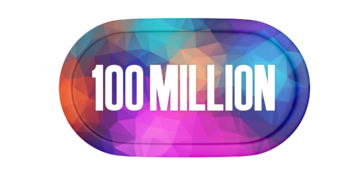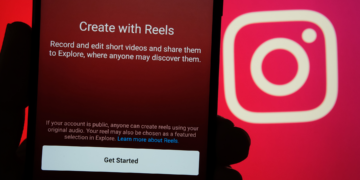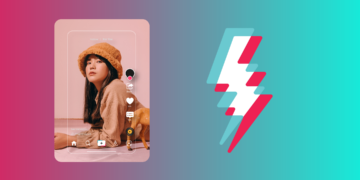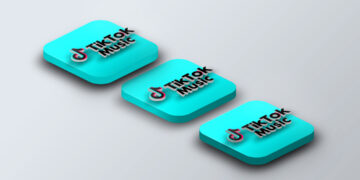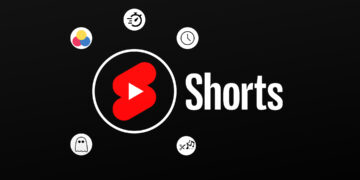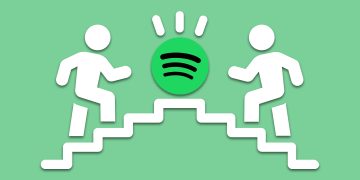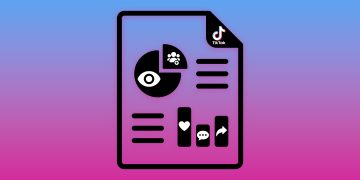The dark side of the creator economy

- Why it's getting harder and harder to satisfy hunger for content
- Why more content only worsens the problem
- Why creators are replaceable for the platforms
- Why finding the balance is one of the most important challenges
Everywhere right now you hear what great potential can be found within the so-called creator economy and how much it will grow in 2022 and in the following years. The social media platforms, DSPs, and other providers constantly release new features with which the creators can generate income and which are obviously supposed to tie them to the platform. As a musician, you are inevitably a creator as well, and not just of your songs, but also of any other type of content. And this can certainly have its downsides, as well.
Constant communication
We have often pointed out that you can’t just make your music available in the shops and then hope it’ll get discovered somehow. To have people listen to you, you need constant communication with the outside world, be it over the streaming platforms themselves, via social media, through the mailing list, or using various other platforms where you can be in contact with your fans or subscribers. In this day and age marked by ephemerality, you need to bring your name into play over and over and over again – which is definitely time-consuming.
Satisfy the hunger for content
However, in this hustle, many artists not only reach their time limits but also their creative limits. They have to constantly come up with new ideas to keep their followers entertained and win over new ones. On top of that, they have to upload new music to the streaming platforms every month. They need to keep delivering to satisfy the hunger of the consumers and stay present in their feed and release radars – especially in times where the direct connection between artist and fan is becoming increasingly important.
The fact that many are aware of this only exacerbates the problem. The more content is produced, the harder it is to stand out from the crowd. Your single flopped? Well, quickly make a new one then. Your TikTok video didn’t get as much attention as you wanted? Time to upload the next clip. It’s a vicious circle that many artists are trapped in. In the worst case scenario, it can end in burnouts and in milder cases, still lead to frustration and creative lows.
Replaceable creator
The platforms live off this constant flow of new uploads and the consumers fuel it with their hunger for content. The creators can be the profiteers of this situation, but oftentimes also the ones to suffer most. And they are replaceable, too: if one creator goes, the algorithm will simply suggest another. With the generous help of creators dying for attention, the platforms have created a system in which the content alone is the focus rather than its maker. Who knows that it’s your song that’s coming on in the playlist, and who’s gonna notice that it’s being replaced by a different track?
Finding the balance
But what are the alternatives? Are there even any? Not playing this game of fighting over attention is a luxury most artists cannot afford. At the end of the day, it all comes down to finding the right balance that allows you to keep the quality of your work as the main focus. You should therefore always reassess which platforms you really need to be present on and how much of your available time you are investing in them. Ideally, you should also have a team behind you to help with the creation and marketing of the content.
This is obviously all much easier to write than to actually implement. We need to keep in mind that finding this balance between sufficient content and constant quality, between the creation of music and its marketing, between a steady online presence and rejuvenating creativity breaks, will be one of the biggest challenges that artists have to face in the coming years – especially since there are always looming changes in the music industry that you need to get in on before it’s too late.


